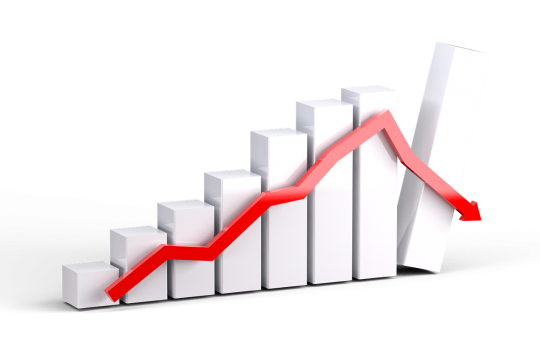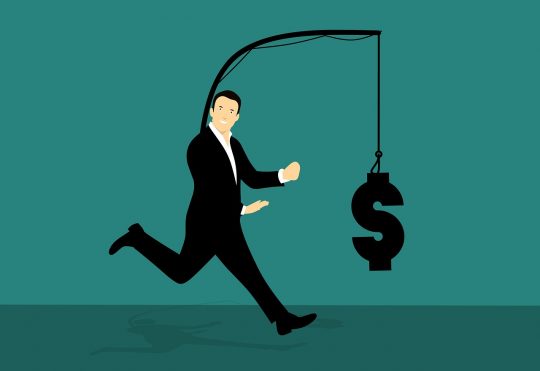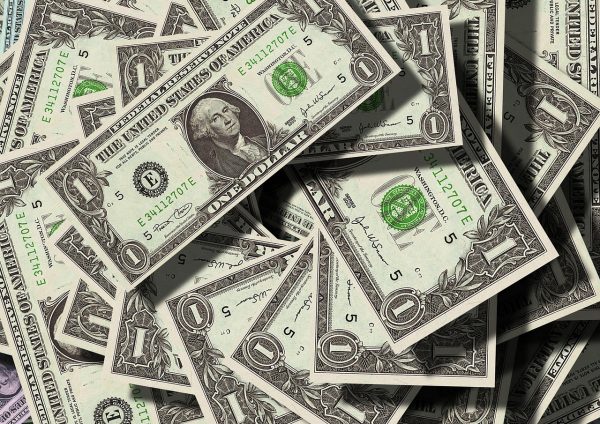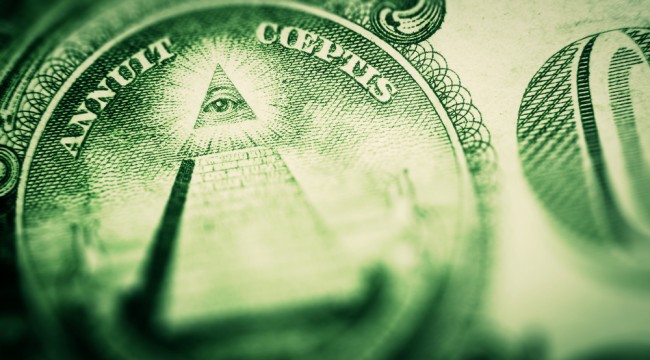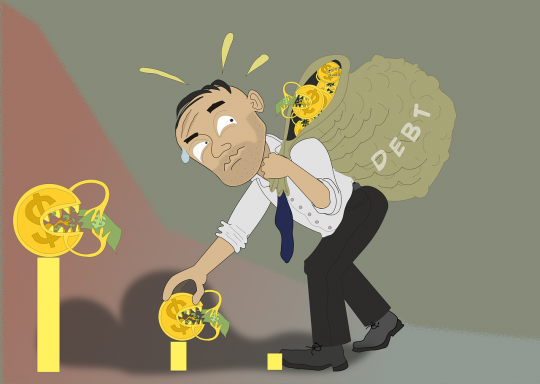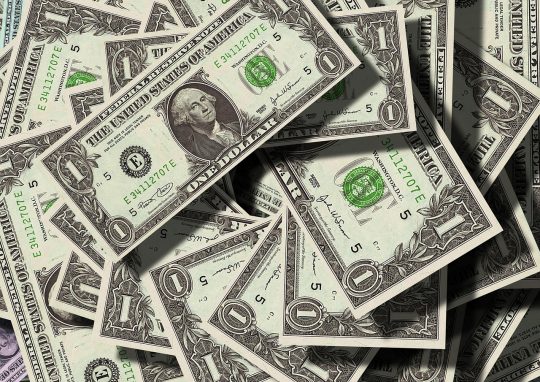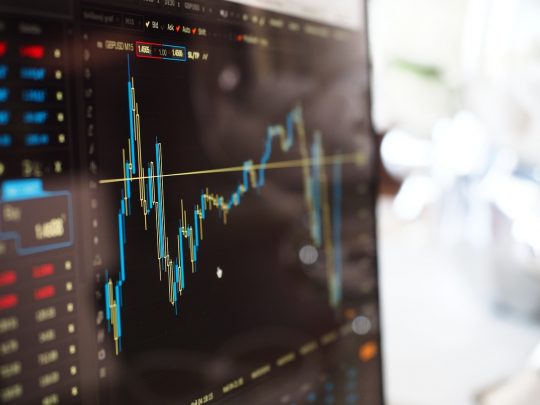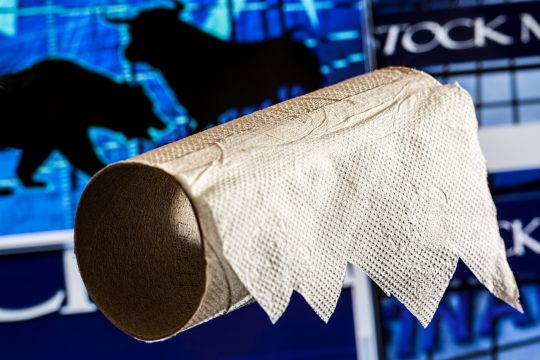MOSCOW (Reuters) – Policymakers worldwide should embrace more spending to help revive their stuttering economies, the head of the International Monetary Fund said on Friday at Russia’s annual Gaidar economic forum.
Managing Director Kristalina Georgieva did not give any specific economic forecasts, but made clear her desire for governments to up their spending and that a synchronised approach internationally was best for growth.
In 2020, the IMF provided support to 83 countries, she said.
“In terms of policies for right now, very unusual for the IMF, starting in March I would go out and I would say: ‘please spend’. Spend as much as you can and then spend a little bit more,” Georgieva said.
“I continue to advocate for monetary policy accommodation and fiscal policies that protect the economy from collapse at a time when we are on purpose restricting both production and consumption,” she said.
Georgieva praised Russia’s synchronised response to the economic challenges created by the COVID-19 pandemic, mentioning both the central bank’s monetary easing and fiscal stimulus from the finance ministry.
She also called for more international cooperation, as has been seen in the race for a COVID-19 vaccine, on the push for digital and green growth.
“IMF staff calculated that a coordinated G20 fiscal stimulus in green infrastructure, if it is done in a coordinated manner, would deliver two-thirds more in growth … than if each country acts on its own,” she said.



